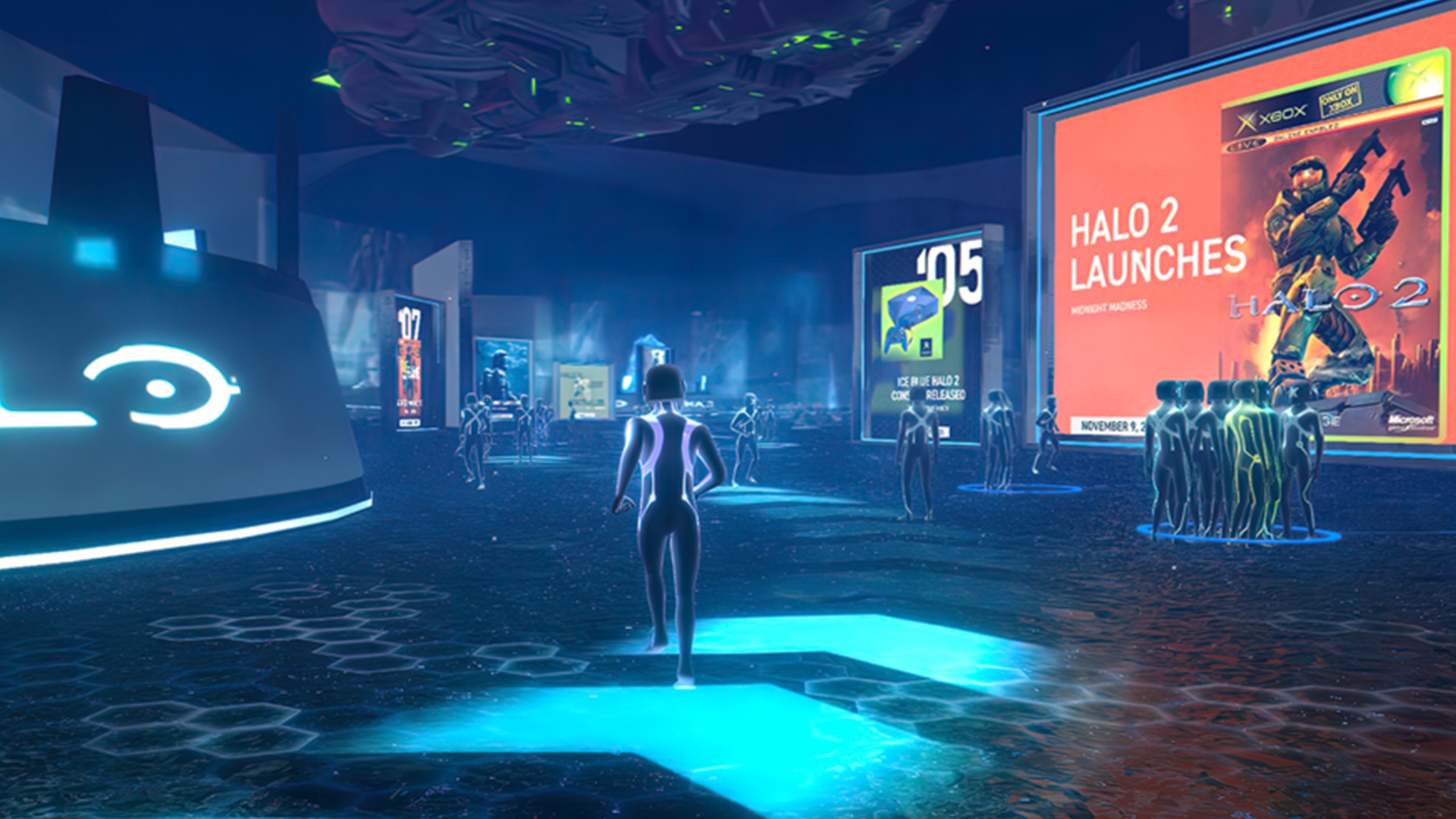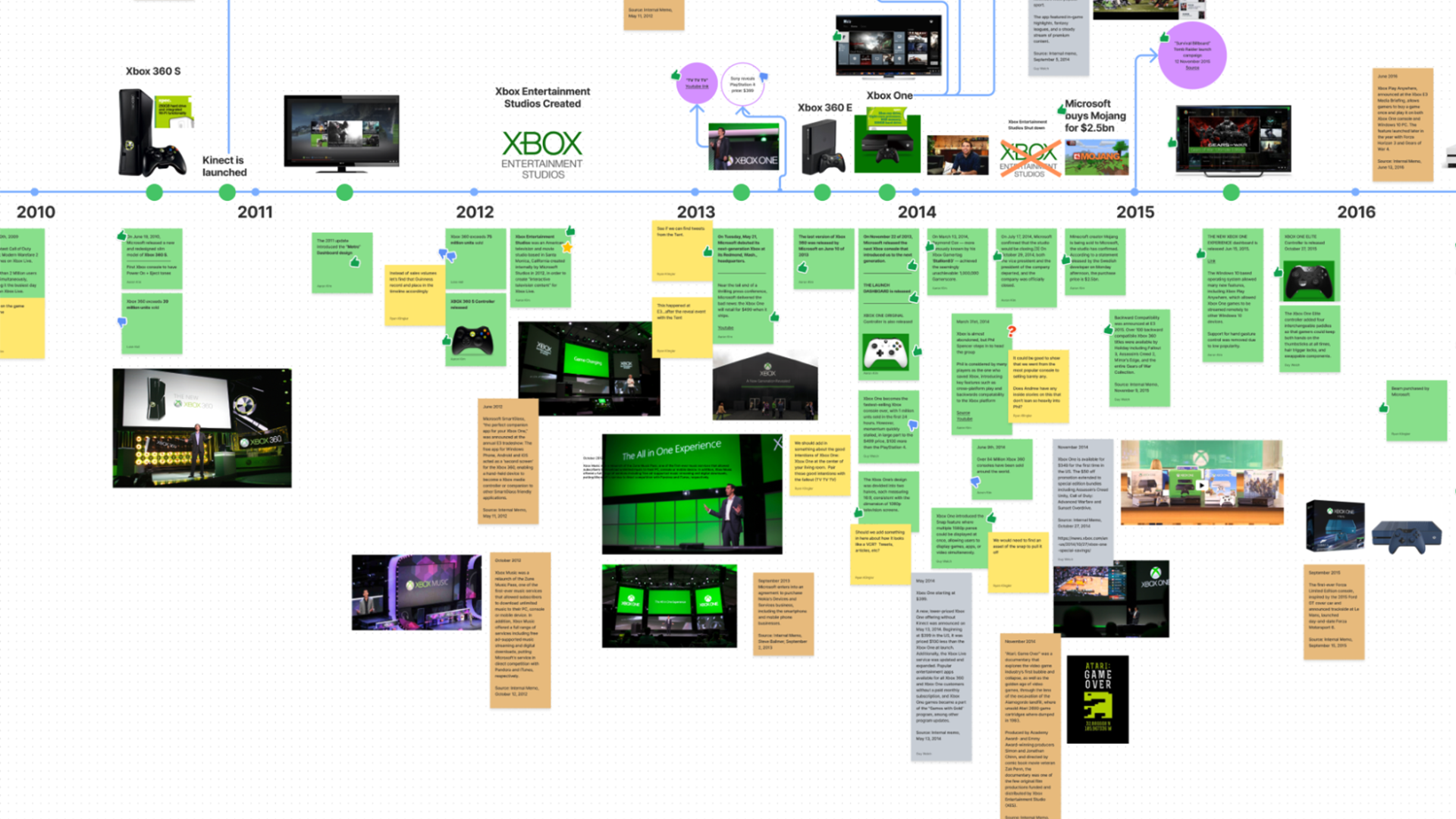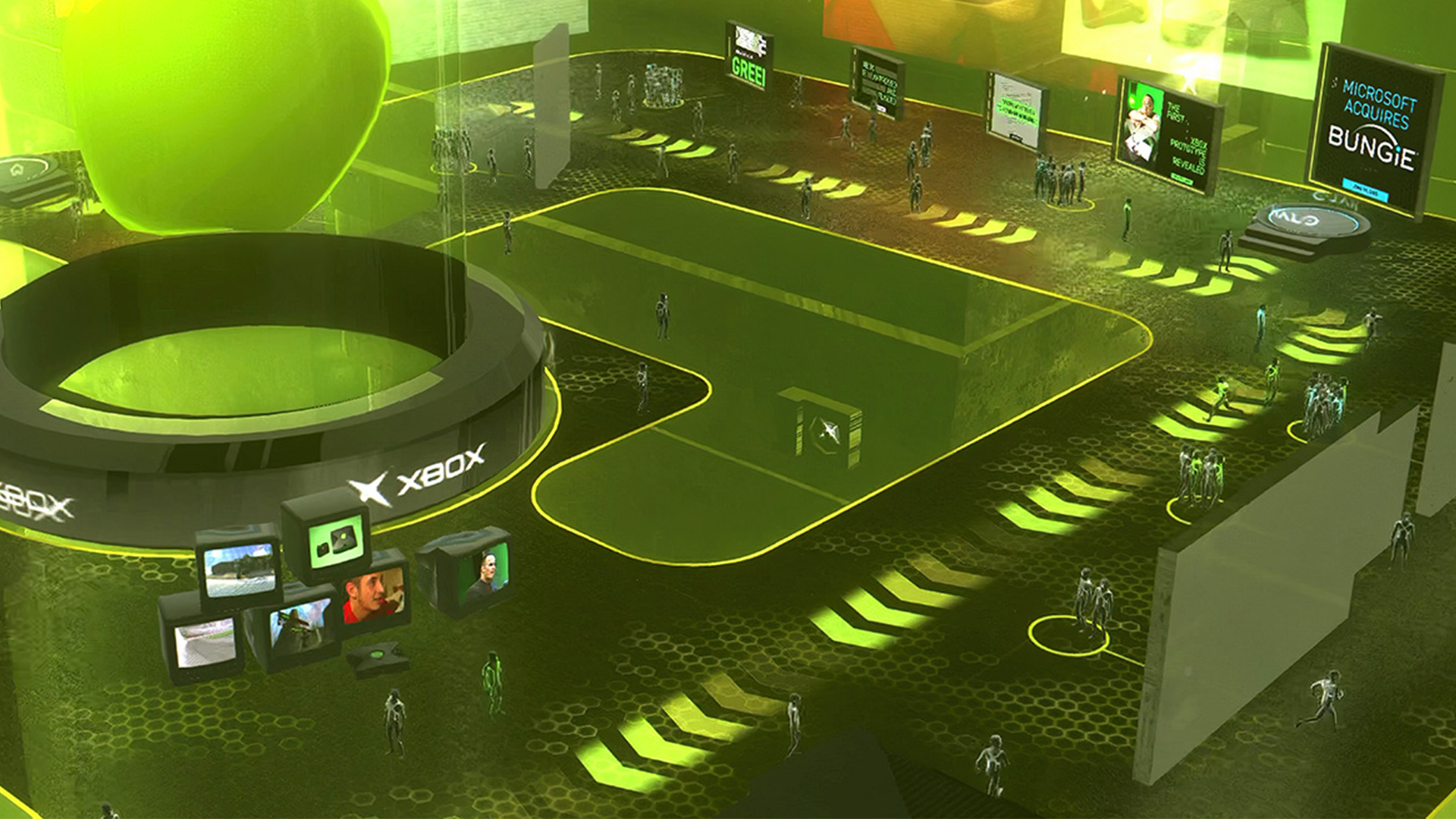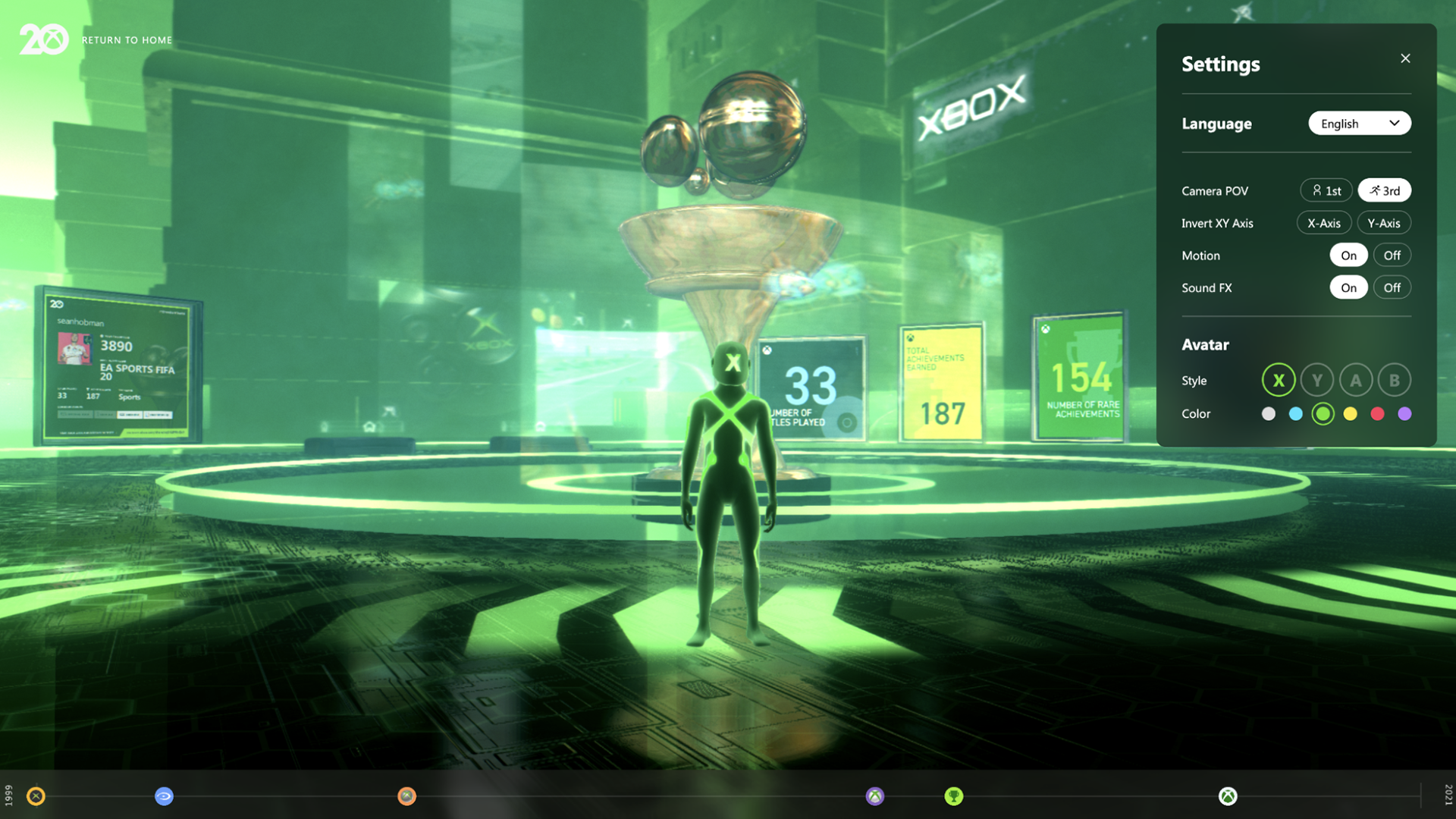
"Our goal was to create a nostalgic user journey that was not only deep and meaningful to the faithful, but light enough for anyone to jump in and have an enjoyable experience."Active Theory


Q: What influenced your chosen technical approach, and how did it go beyond past methods?
A: Early explorations started with a 2D timeline. While the UX made sense, this proved creatively limiting so we introduced Xbox to the idea of creating a microverse of connected 3D environments. Utilizing our Dreamwave technology, we were able to easily lay the foundations for an immersive 3D museum that would take users through the different generations of Xbox and even include a generative, personalized museum based on their Xbox account data.When did you experience a breakthrough or an "a-ha" moment during this project?
The initial concept for the museum was to take users into each piece of hardware, with the gallery of each existing inside the console. When we created this in the build, we found it to feel cramped and the color palette lacked variation. A mid-project breakthrough moment was when we decided to shift the concept to include an expansive, multi-colored city backdrop surrounding the original console galleries.

Q: What web technologies, tools, and resources did you use to develop this?
A: One of our biggest achievements at Active Theory has been the launch of our immersive events platform, Dreamwave. Dreamwave allows us to construct custom, digital environments where brands host virtual experiences that connect, educate and entertain. Shifting from a timeline design to an immersive, game-like experience — powered by Dreamwave — really matched the Xbox ethos and helped elevate the project.
Q: How did you balance your own creative ideas and technical capabilities with a fair representation of the client’s brand?
A: An immense amount of content was on display in the museum. To help provide recommendations on how to curate the galleries, we undertook a huge collaborative effort with the Xbox team diving into historic content over the years. We laid this out in a series of FigJam boards and culled down the list to those historical moments that felt most essential.

